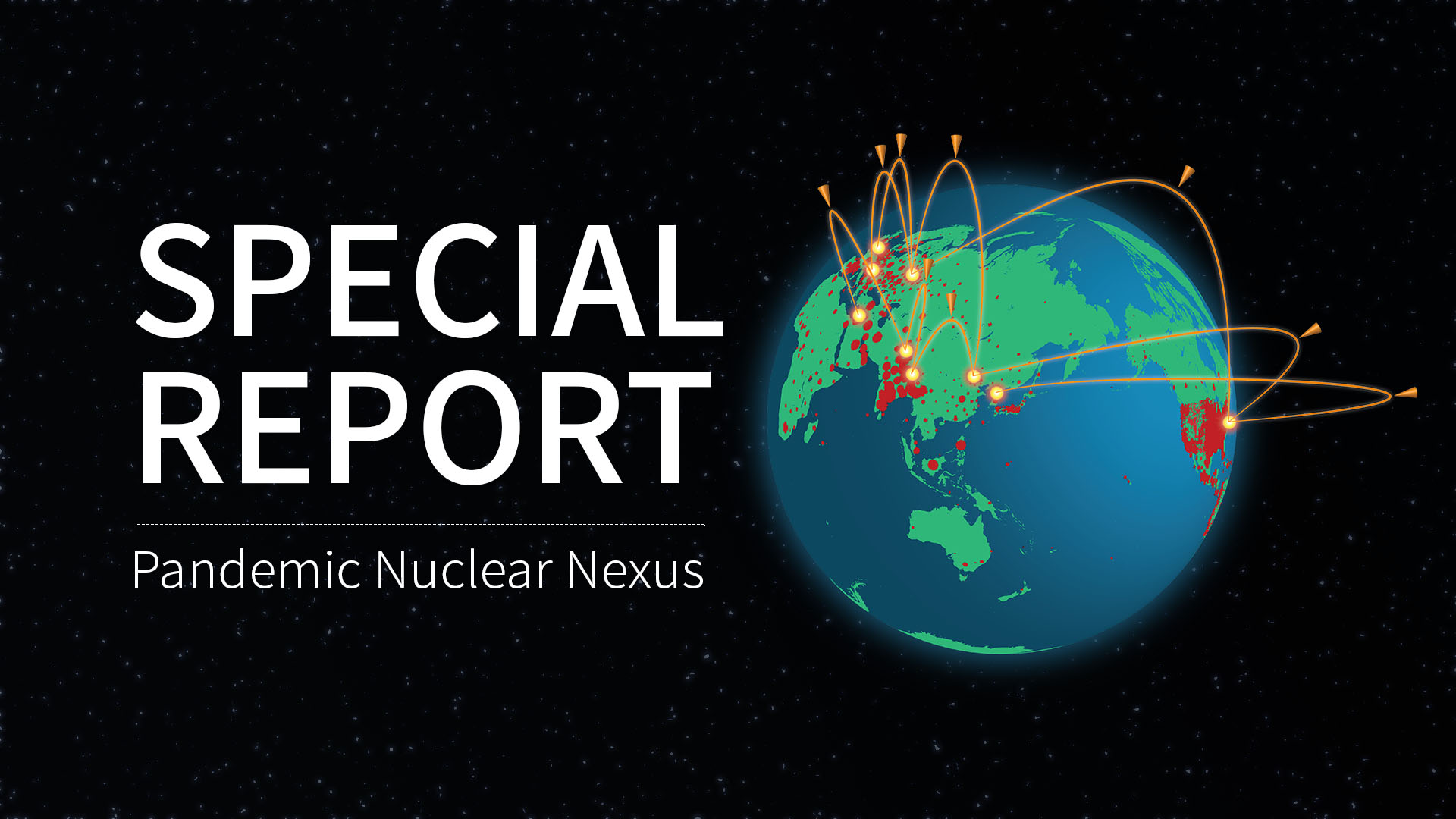SPECIAL REPORT: COVID-19 and Labor Demand, Migration, and Military Force Structure
Pandemic-Nuclear-Nexus Scenarios Project
COVID-19 and Labor Demand, Migration, and Military Force Structure Implications in East Asia
by Brian Nichiporuk
The Covid 19 pandemic has thus far not had the same direct health impact in East Asia as it has had in Europe and the US as death and infection rates have been lower in the major East Asian states. Nevertheless, the pandemic has the potential to have major second order effects in East Asia, especially if it continues for a long time.
One of the defining features of the large East Asian states today is their demography. All of them (China, Japan, South Korea, North Korea) have aging populations, low fertility rates, and low, or even negative, population growth. All of these states currently allow only low levels of immigration, which do not substantially increase their working age populations. East Asia’s demographic characteristics will have an impact upon the nature of any long-term regional implications of the Covid 19 crisis.
This paper takes a high level look at the potential long-term implications of the Covid19 crisis in East Asia by using the demographic lens to examine three areas: impacts on labor markets, possible mass migration scenarios, and the effect on regional militaries.
In the area of labor markets, the paper argues that Covid will compel most East Asian states to find new ways of utilizing their older workers and to increase the flexibility of their labor markets. In the area of mass migration, the paper examines possible scenarios having to do with North Korean state collapse and urban-rural migration trends in China. Finally, in the military sphere, the paper argues that the Covid crisis could significantly affect nuclear weapons security protocols in the region, the manpower and personnel policies of certain militaries, and the frequency, scope, and size of major exercises.
Keywords
East Asian demography, Population aging in East Asia, East Asian security, East Asian militaries, Japan, China, South Korea, North Korea, East Asian labor markets, international migration, Chinese internal migration, Covid 19, Covid 19 in East Asia, Covid 19 and international security, nuclear weapons security, pandemics and international security, military personnel policies, military exercises, Covid 19 and defense budgets, Chinese nuclear forces, North Korean nuclear forces, North Korean state collapse scenarios, East Asian fertility rates, Unemployment rates in East Asia

